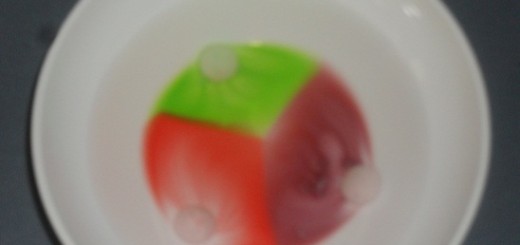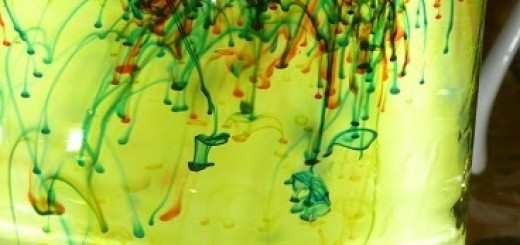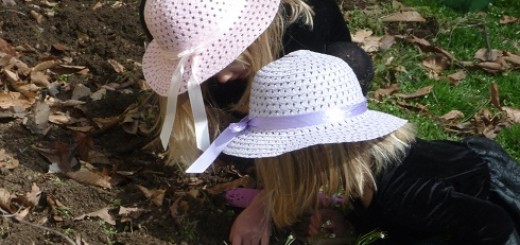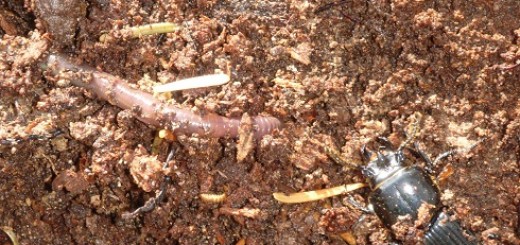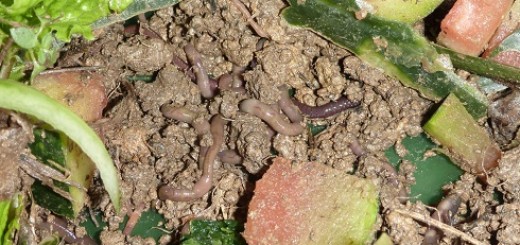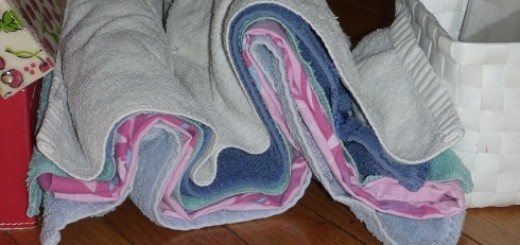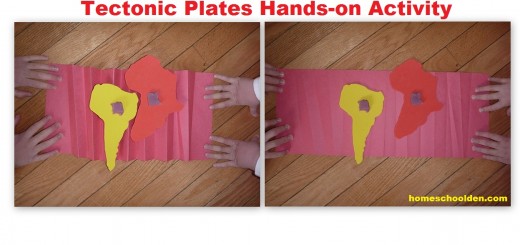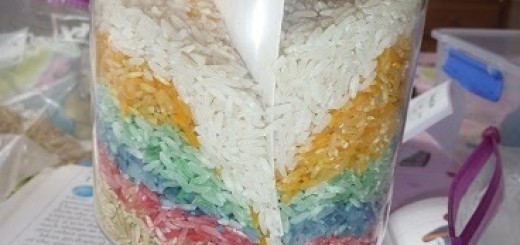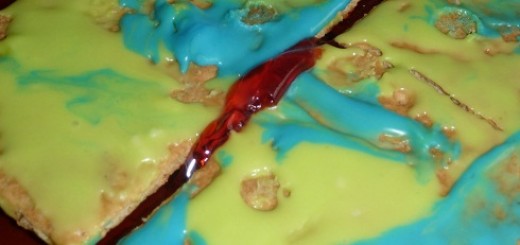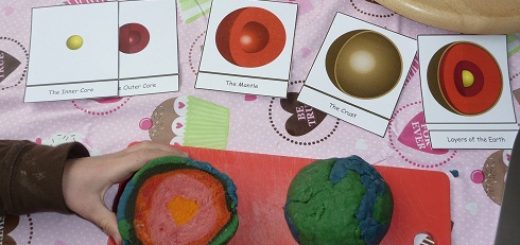What to Know When You Buy Salmon…
There is so much to consider about buying salmon. I sure didn’t realize any of this so thought I’d share. 1) Salmon are carnivores. In the wild they start eating microscopic plants and animals. As they get bigger they eat tiny crustaceans (krill) which gives them their pink color and then larger fish. 2) Farmed salmon is a nice gray color. Hmmm… but salmon farmers resort to cosmetics to change...

